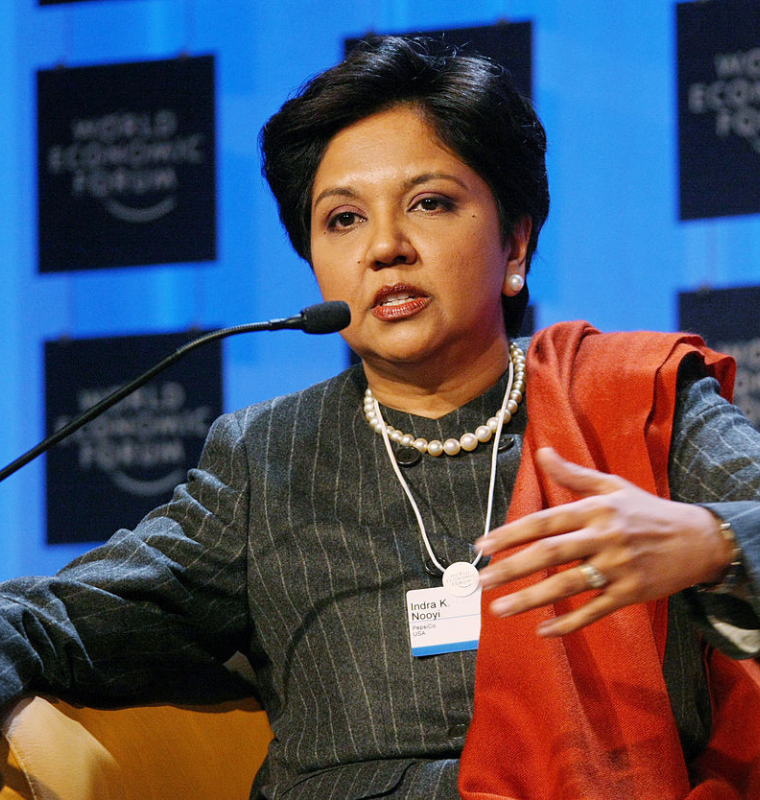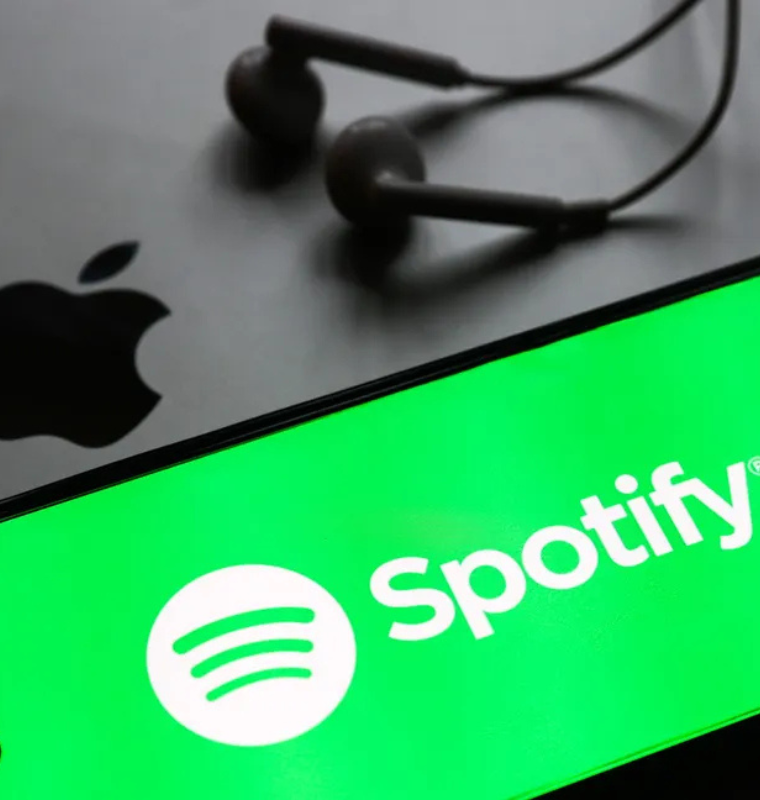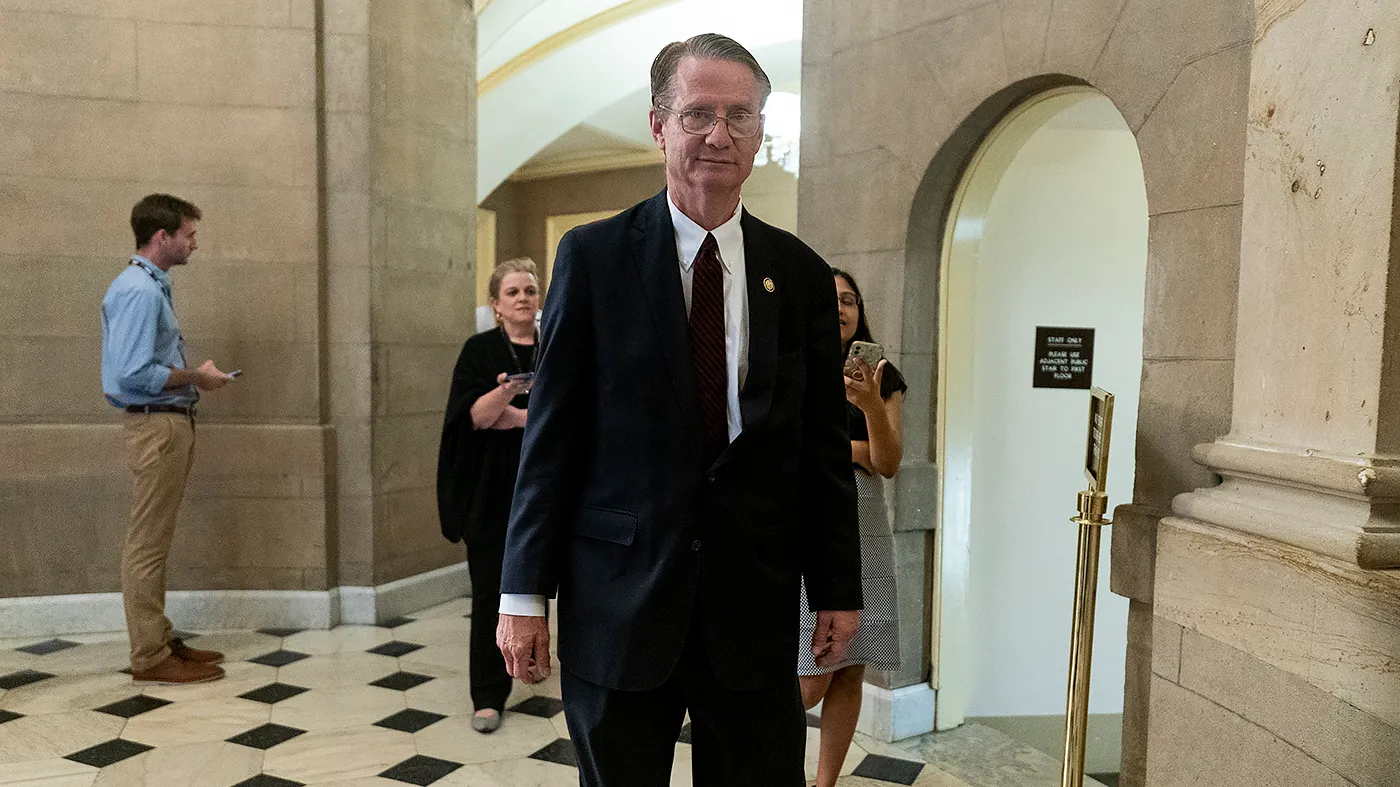China’s Industrial Profits See Sharpest Drop in 7 Months, Signaling Deepening Deflation Pressures
China’s Industrial Profits See Sharpest Drop in 7 Months, Signaling Deepening Deflation Pressures
By
David Goldfarb
Last updated:
June 27, 2025
First Published:
August 3, 2025
.webp)
Photo: Bloomberg News
Industrial Profitability Falters in May
China’s industrial sector took a sharp hit in May, with industrial profits plunging 9.1% year-over-year, marking the steepest monthly decline since October 2024, when profits had fallen 10%. This downturn underscores the growing strain on Chinese enterprises despite broader macroeconomic indicators showing signs of strength.
According to data released by the National Bureau of Statistics (NBS), cumulative profits among major industrial firms were down 1.1% in the first five months of 2025 compared to the same period last year. This highlights the persistent drag on China’s manufacturing and production capabilities, even as Beijing’s stimulus measures continue to fall short of delivering a broad recovery.
Key Sectors Dragged Down by Weak Demand and Price War
Economists point to several converging factors behind the slump:
- Falling global commodity prices have squeezed margins in resource-intensive sectors.
- A fierce domestic price war has emerged across industries, as companies cut prices to retain market share.
- Domestic demand remains insufficient, further eroding profitability across the board.
Among the hardest-hit industries, mining profits collapsed 29% year-on-year over the January–May period. The automotive sector also took a hit, with profits down 11.9%, while state-owned enterprises recorded a 7.4% decline in profits. Interestingly, foreign-funded firms — including those backed by Hong Kong, Macau, and Taiwan — managed to eke out a 0.3% rise, suggesting that external capital remains slightly more insulated from local pressures.
Retail Recovery Fails to Lift Industry Margins
On the consumer side, China posted some encouraging signs. Retail sales in May surged 6.4% year-on-year, their fastest pace since late 2023, bolstered by government subsidies and a wave of promotional campaigns. But analysts say the recovery in consumption hasn’t translated into corporate profitability.
“Foot traffic in stores, restaurants, and hotels has improved — but only because prices are still below pre-Covid levels,” said Alfredo Montufar-Helu, senior advisor at The Conference Board. “It’s a volume-led rebound, not a margin-driven one.”
As firms slash prices to maintain volumes, many industries are caught in a deflationary trap. That has made it increasingly difficult for businesses to recover their bottom lines, especially those heavily reliant on upstream inputs like energy, metals, and chemicals.
Government Cautious on Stimulus Despite Slowing Profits
Despite weakening profit metrics, economists believe Beijing is unlikely to unleash additional stimulus unless deeper economic stress emerges. The Economist Intelligence Unit's Tianchen Xu noted that the broader economy appears stable, and the government may be waiting for “clearer signs of distress” before acting.
“The worst might be over,” Xu said. “But the continued fall in global commodity prices is eroding the profit base.”
China’s GDP growth is tracking at 5.2% for the first half of the year, above the official 5% target, according to Robin Xing of Morgan Stanley. This gives policymakers some breathing room and reduces the urgency to introduce new stimulus measures ahead of the key July Politburo meeting.
Echoing this view, Neo Wang of Evercore ISI added that decisions on stimulus may depend more on U.S.-China trade dynamics than domestic financial indicators. “There’s no guarantee of more stimulus,” he said. “Beijing is watching the outcome of the Geneva trade framework and upcoming U.S. tariff decisions.”
Trade Holds Up, But U.S.-Bound Exports Dive
Despite challenges, China’s exports rose 4.8% in May, driven by strong demand from Southeast Asia and EU nations. However, exports to the United States plunged 34.5%, reflecting the impact of Trump-era tariffs and a still-uncertain geopolitical climate.
According to Citibank, China’s total exports are expected to grow 2.3% this year, despite the anticipated 10% decline in U.S.-bound shipments. This suggests that Beijing’s pivot to non-Western trading partners is partially buffering the economy from geopolitical shocks — though not enough to prevent a profit squeeze at home.
Outlook: Modest Optimism Meets Structural Challenges
While industrial profits remain under pressure, analysts say the worst may have passed for certain sectors. A moderate recovery in global demand and stabilizing prices could support a rebound in the second half, but much will depend on Beijing’s willingness to pivot its policy posture.
“China is at a critical juncture — profitability must recover for private and foreign investment to return in full force,” said Xing. “For now, it’s clear that growth without margins is not sustainable.”
As Chinese leadership prepares for its mid-year political and economic assessment, all eyes will be on whether slowing profits — alongside mixed signals in consumption and trade — are enough to push for stronger state intervention. Until then, the economy appears to be walking a delicate tightrope between resilience and retreat.
Popular articles
Subscribe to unlock premium content
Indra Nooyi’s Strategic Vision at PepsiCo: Balancing Profitability with Purpose

Nike’s Direct-to-Consumer Revolution: How Cutting Retailers Boosted Profits and Control

Spotifys Playlist Power Turning Music Curation Into An Advertising Goldmine

Indra Nooyi’s Strategic Vision at PepsiCo: Balancing Profitability with Purpose

Nike’s Direct-to-Consumer Revolution: How Cutting Retailers Boosted Profits and Control

Indra Nooyi’s Strategic Vision at PepsiCo: Balancing Profitability with Purpose









